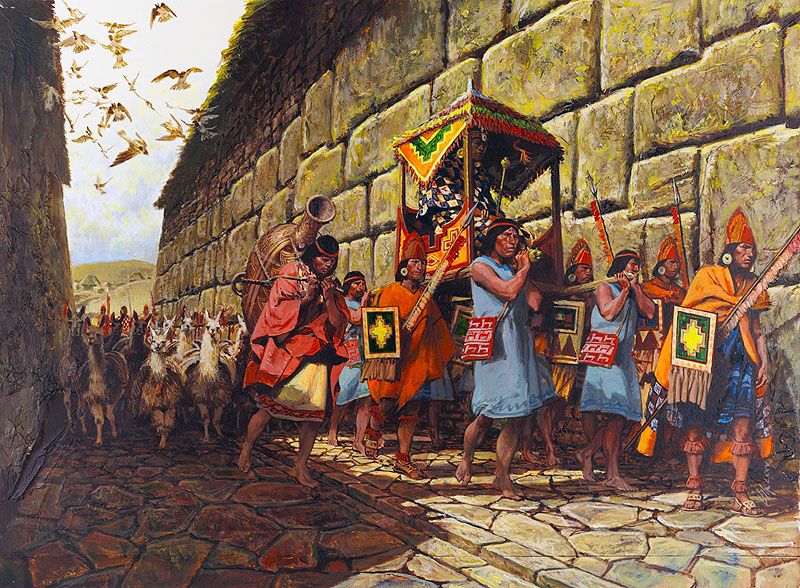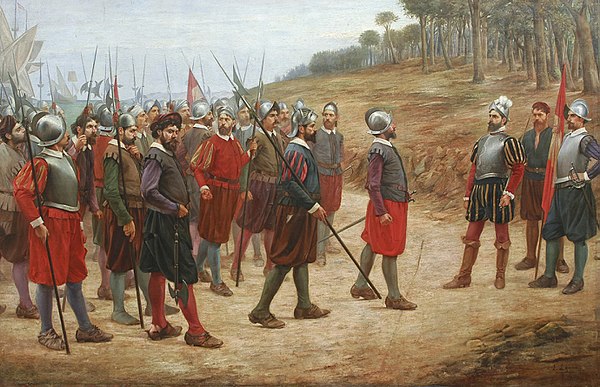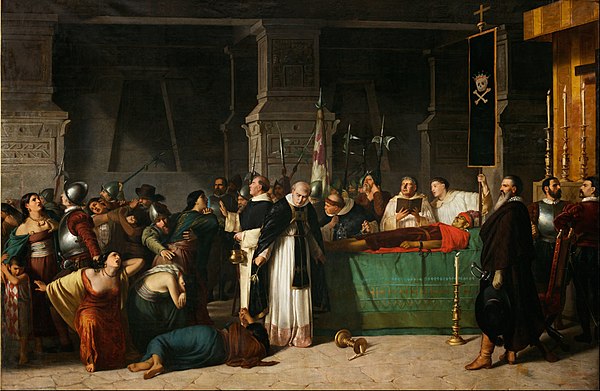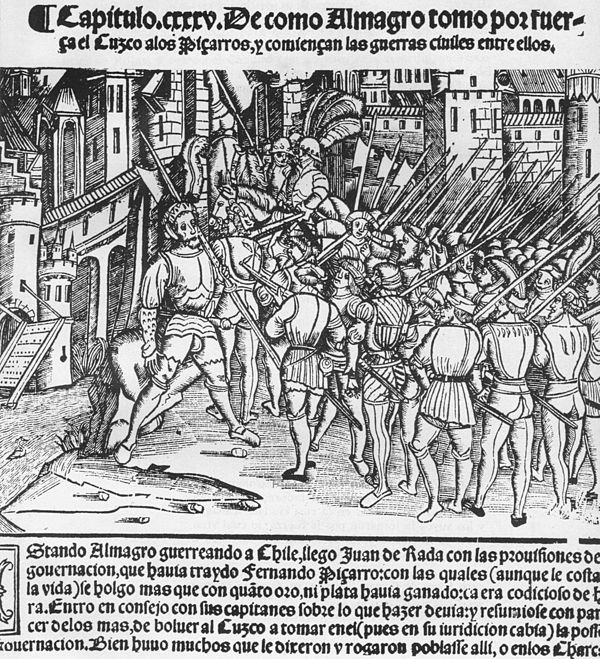
Inca Empire
The Inca Empire, also known as the Incan Empire or the Inka Empire was referred to as Tawantinsuyu, by its people meaning the "Realm of the Four Parts" in Quechua. It stood as the empire in Columbian America with its central hub for administration, politics and military located in Cusco. Emerging from the Peruvian highlands around the century this civilization faced conquest by the Spanish starting in 1532 until its complete subjugation by 1572.
Between 1438 and 1533 the Incas expanded their influence across a swath of South America focusing on the Andean Mountains region through a mix of conquest and peaceful integration. At its peak extent their empire encompassed present day Peru, parts of Ecuador and Bolivia sections of Argentina and Colombias southwestern tip well as a sizable portion of modern Chile—forming a domain reminiscent of historical empires seen elsewhere. The official language used within this realm was Quechua.
Notably distinct from Old World civilizations were aspects absent, within the Incan Empires structure. Anthropologist Gordon McEwan stated that the Incas managed to establish "one of the imperial states, in human history" without employing the wheel draft animals, knowledge of iron or steel or even a writing system. Key aspects of the Inca Empire included its architecture, stonework, a vast network of roads spanning the entire empire finely crafted textiles, utilization of knotted strings (quipu) for record keeping and communication innovative agricultural practices in challenging environments and the structured organization and management enforced on its people and their work.
The Inca Empire operated without currency or markets. Instead trade of goods and services was founded on exchanges between individuals well as among individuals, groups and Inca rulers. The concept of "taxes" involved individuals fulfilling labor duties for the Empire. In return Inca rulers (who held ownership over all means of production) reciprocated by granting access to land and goods while providing food and beverages in gatherings for their subjects.
Various local forms of worship continued within the empire with a focus on Huacas; however the Inca leadership promoted sun worship dedicated to Inti – their sun god – asserting its supremacy over other religious factions, like that honoring Pachamama. The Inca people believed that their ruler, known as the Sapa Inca was seen as the "son of the sun."
There is discussion, among scholars, about the nature of the Inca economy. Darrell E. La Lone in his publication titled The Inca as a Nonmarket Economy highlighted that various descriptions have been used to characterize it including "slave based socialist," and as "a structure centered on mutual give and take and redistribution; a system incorporating trade and markets; or resembling an Asiatic production model."


























